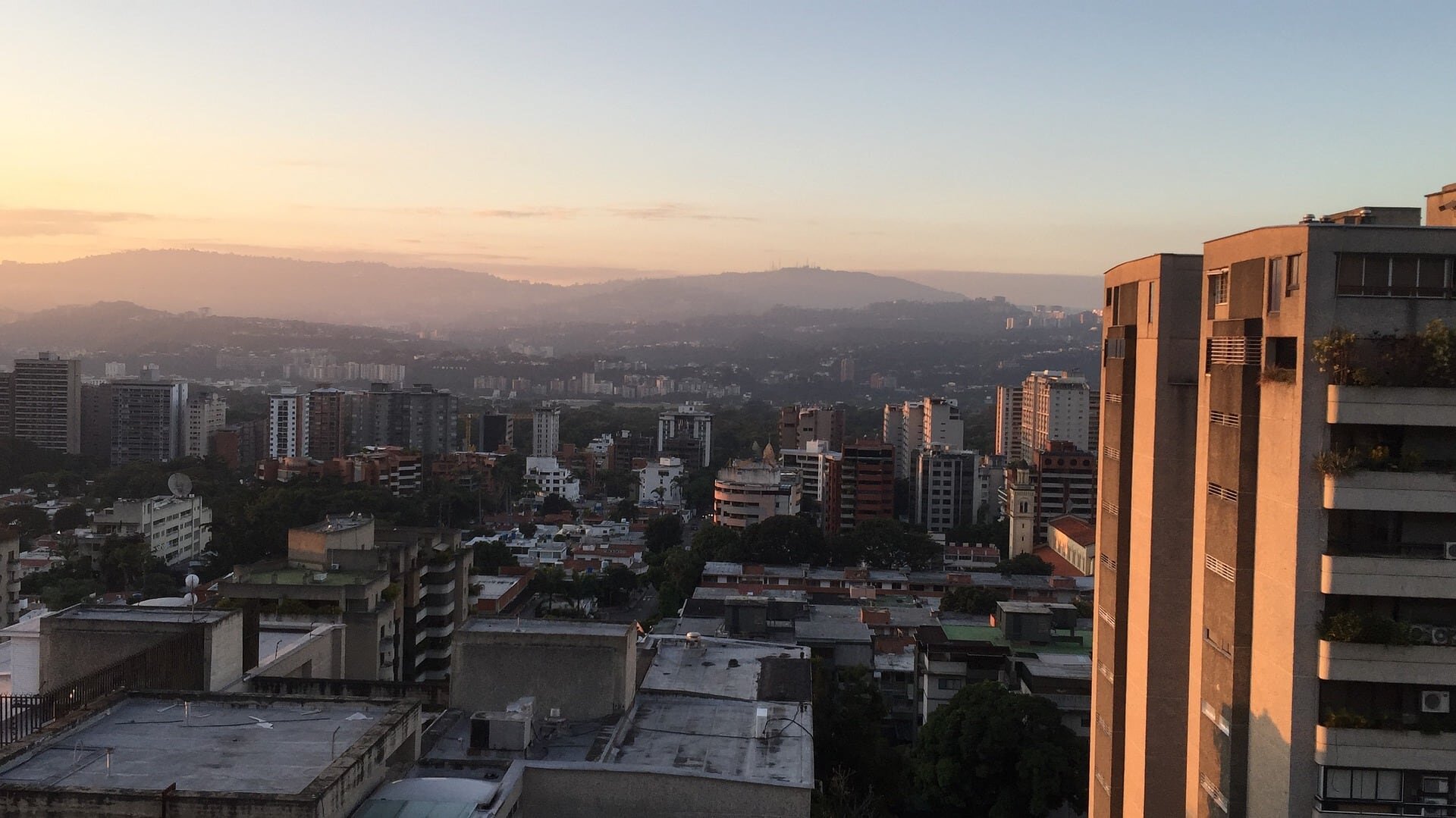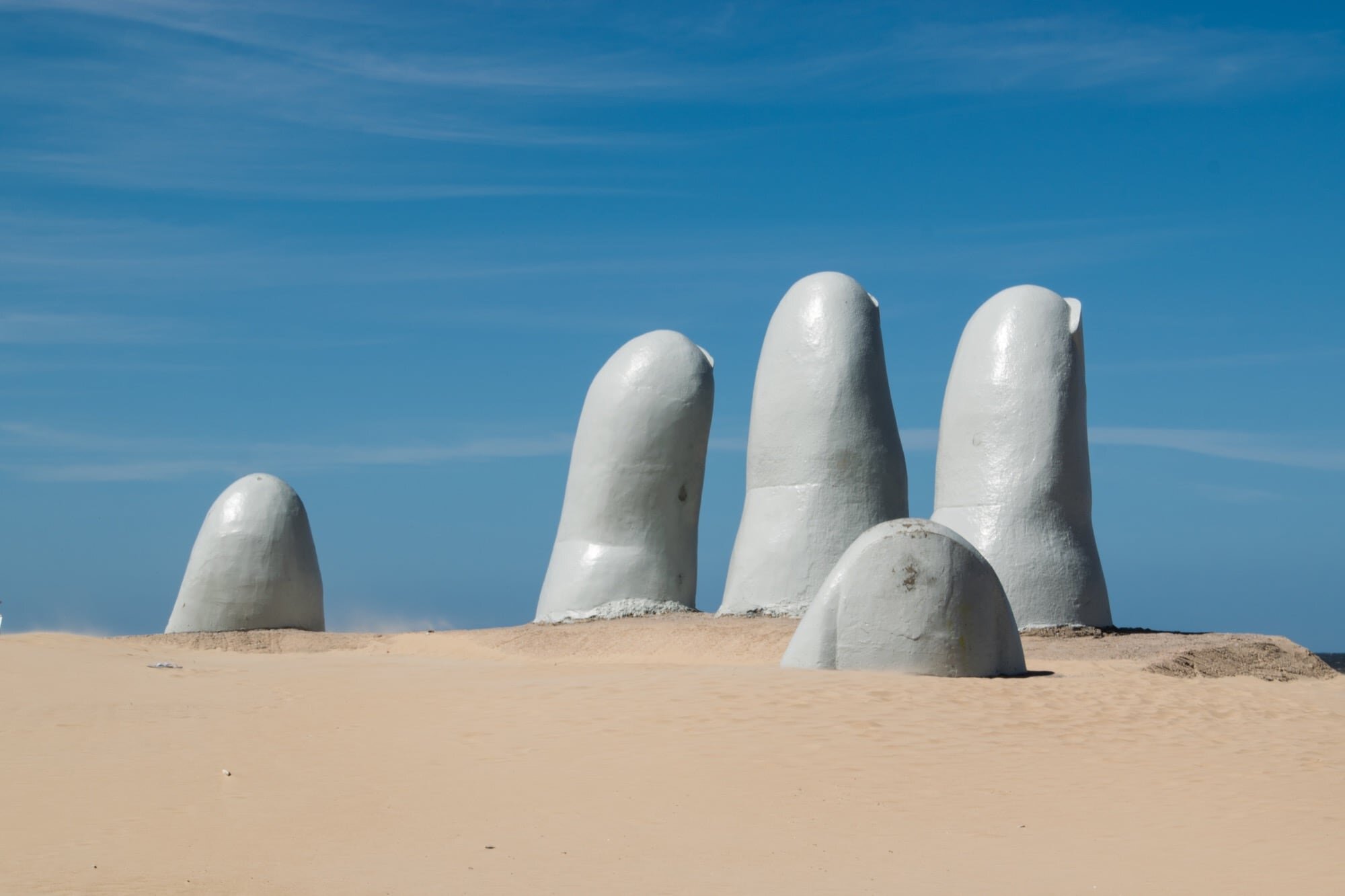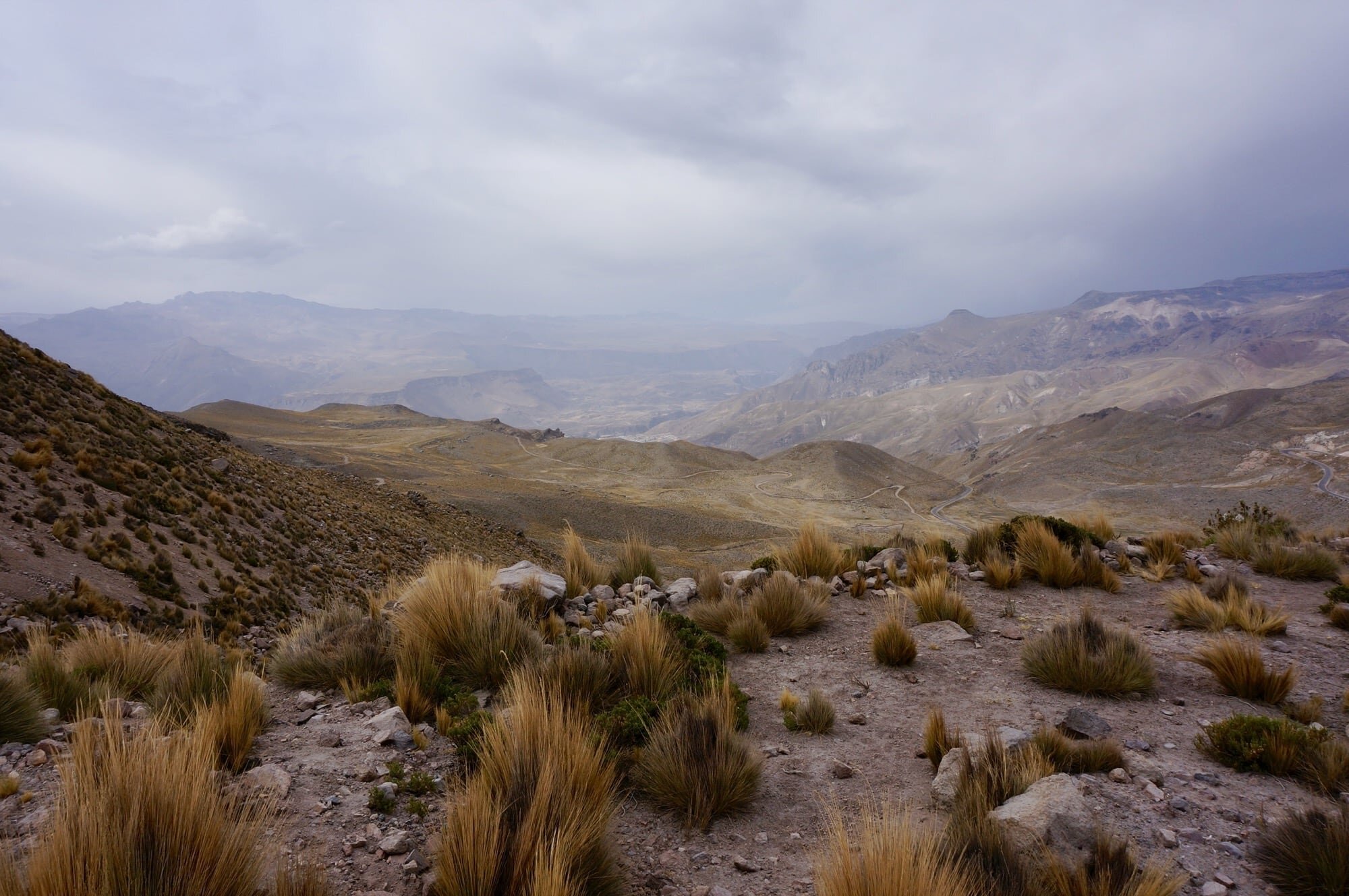My first encounter with Venezuela was when I was a child and my grandparents visited and brought me home some spare Venezuelan bolívars as a souvenir. Sadly the days of newly retired pensioners taking Caribbean cruises to Venezuela are long gone. Venezuela has been in a state of perpetual crisis since Nicolás Maduro’s rise to power in 2013. The BBC has a really good, succinct summary of the crisis in Venezuela.
Venezuela has really weathered a lot over the past decade with civil unrest, attempted coups and hyperinflation peaking at 2,000,000%. This is without mentioning that Venezuela has the second-highest number of gun-related deaths in the world and Caracas having the highest murder rate of any major city in the world.
While Venezuela may have some of the highest murder rates anywhere in the world, it does boast the lowest petrol price anywhere on the planet. Venezuela’s oil reserves are so large that the government massively subsides fuel prices to the point where fuel is practically free. A litre of petrol costs $0.02 USD.
For years the low price of fuel has helped many car-owning Venezuelan’s survive. The business model is essentially comprised of filling up your car with cheap government subsidised fuel and driving it over the border to sell illegally to Colombians. However, as the situation in Venezuela has worsened the fuel is now being smuggled the opposite way across the border.
Venezuelans are clearly pretty heroic in their efforts to survive the country’s current predicament. One example of this is the Centro Financiero Confinanzas in Caracas. the Centro Financiero Confinanzas is an abandoned, partly constructed skyscraper abandoned since the early 1990s after the Venezuelan banking crisis. It’s since become home to over 2500 squatters who have turned it into an arguably thriving, makeshift community with shops, barbers and even a dentist. Even so, life here is still dangerous. The tower was damaged significantly in 2018 by an earthquake and several floors collapsed.
Despite Venezuela’s problems, its geography and biodiversity are still remarkable. For example, Venezuela is home to the world’s heaviest and longest snake, the Green anaconda. The Green anaconda can reach over 5 metres in length and weigh almost 100 kilograms. I really hate snakes. If like me you don’t like snakes, then how about the fact Venezuela is home to the world’s largest rodent, the capybara.
Rodents not your thing? Well, Venezuela has the world’s highest waterfalls, Angel Falls which have an uninterrupted fall of 979 metres in the Gran Sabana region. Not to mention South America’s largest lake - Lake Maracaibo, an inlet of the Caribbean, but is still considered a lake.
The thing I most want to see in Venezuela though is its jaw-dropping tepuis or tabletop mountains. There are 115 tepuis in the incredible Gran Sabana plateau which is over 1.5km above the surrounding landscape in some areas and hosts a diverse range of flora and fauna. Honestly, it’s one of the places in the world I’d most like to hike. Even if there are snakes!
Venezuela is a truly spectacular country - I can only hope that its fortunes improve. One day I would absolutely love to visit!
I'm writing about every country in the world. One a day for 195 days. Learn more



























